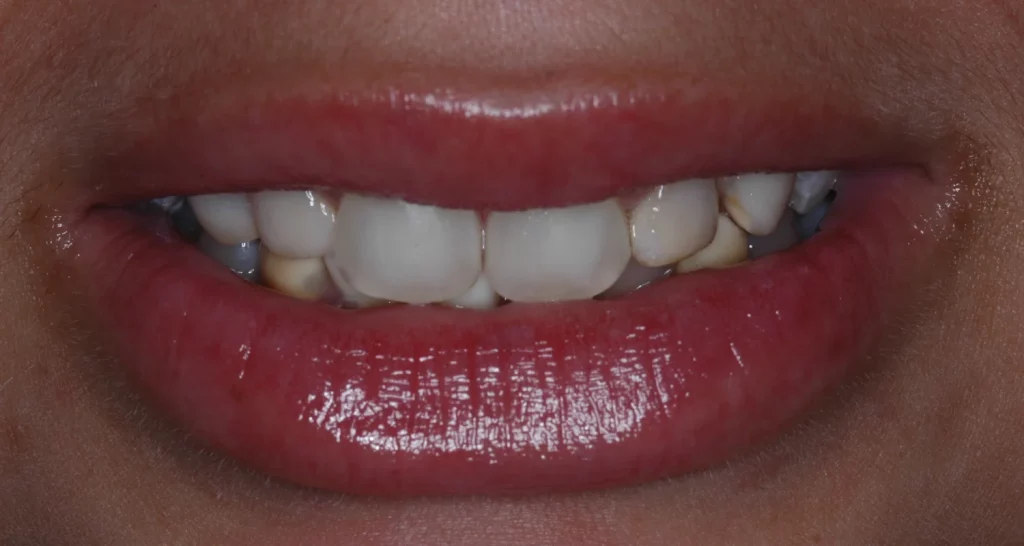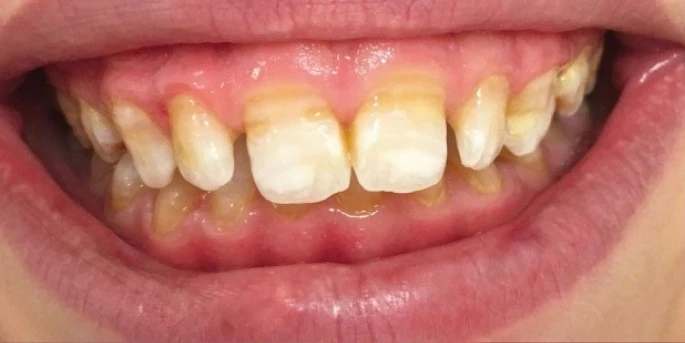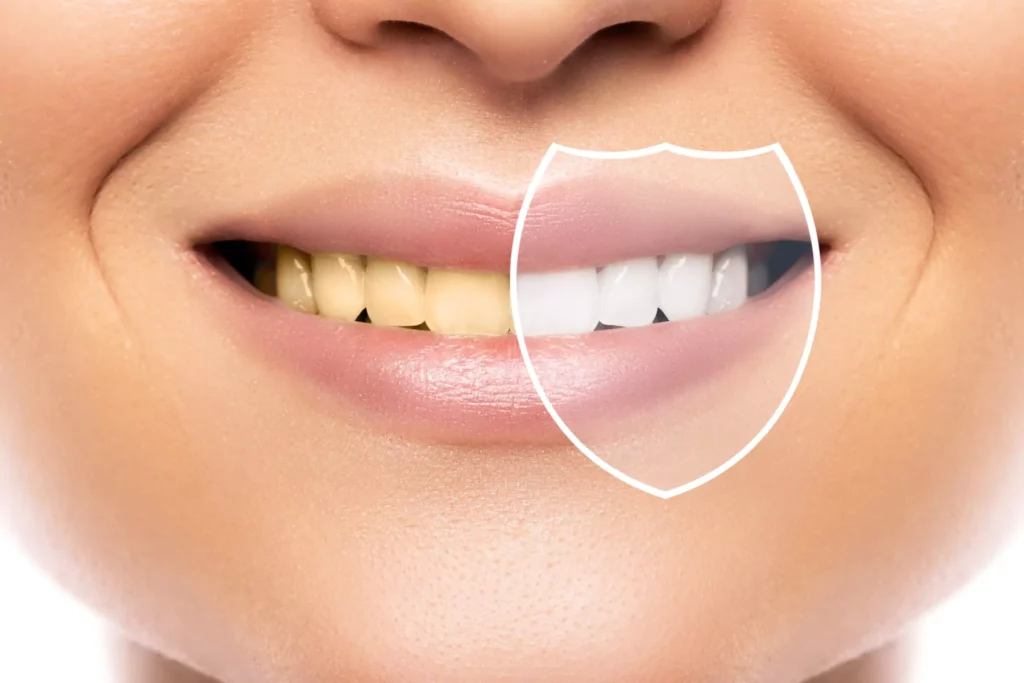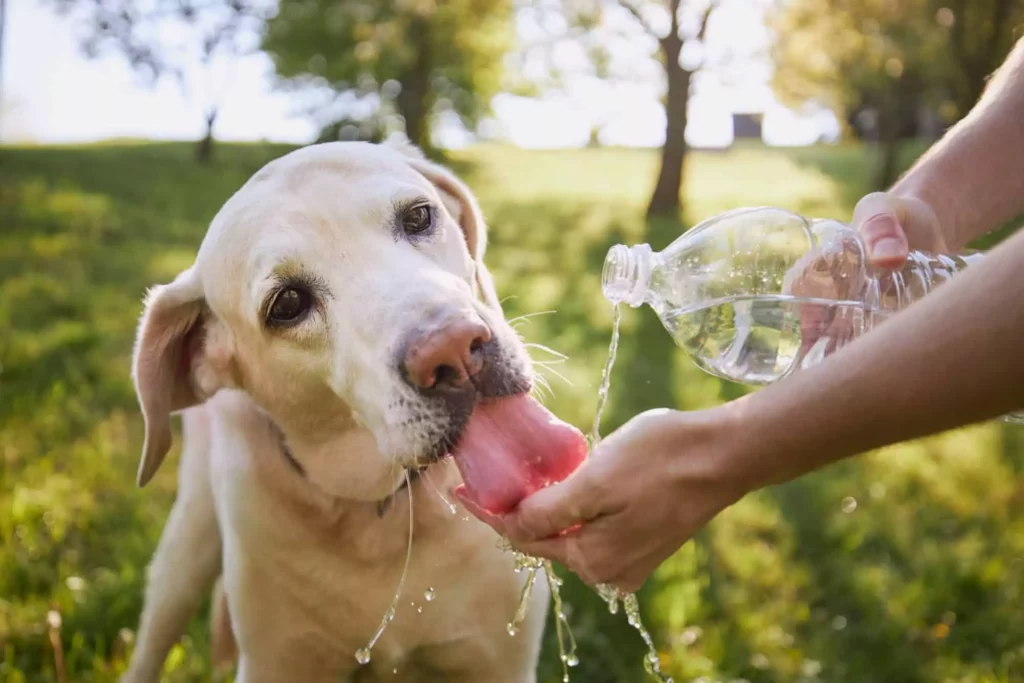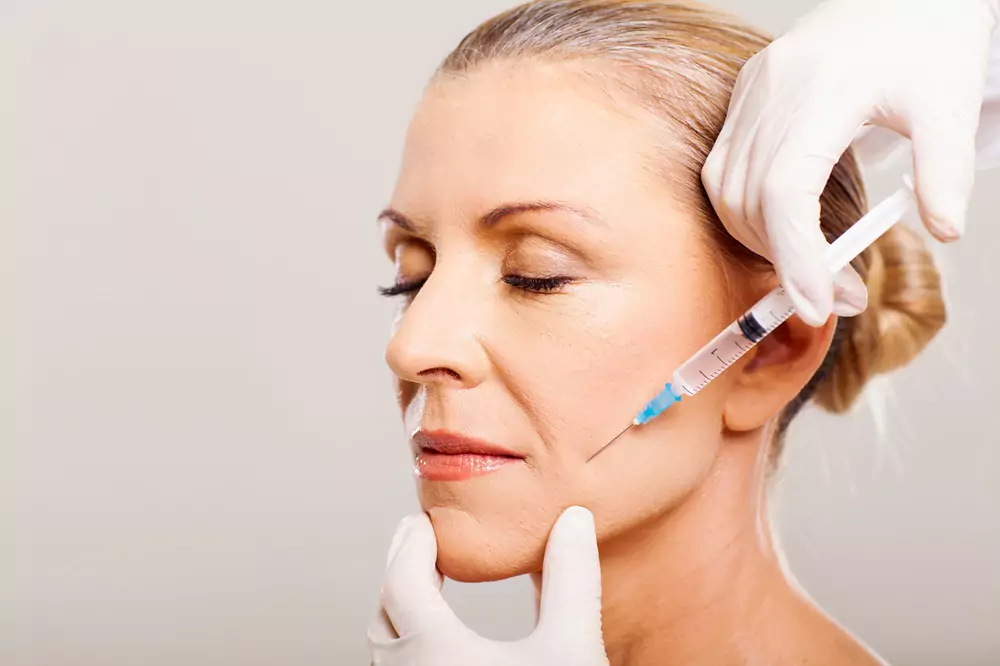In this article, you will be able to learn what is enamel hypoplasia. What does it look like, what causes it, how to treat it, and how to prevent it? Dental enamel is the hardest and most resistant substance in the human body, it is the last layer that covers each of the teeth; some diseases cause this layer of the tooth to have less enamel than normal, and this leads to multiple problems in those who present this condition.
What is Enamel Hypoplasia?
It is an alteration in the enamel matrix that occurs during the tooth formation process, causing the amount of enamel produced to be less than usual, all of which occurs before the teeth appear in the mouth.
This condition can affect the first teeth of children, and the permanent teeth of adults.
What do Teeth with Enamel Hypoplasia Look Like?
Normally, dental enamel appears translucent and shiny white; When this alteration occurs, depending on the level of severity (mild, moderate, or severe), the following characteristics may be present in the tooth:
● Mild hypoplasia: Small whitish-opaque spots (not cavitated) or yellow-brown spots.
● Moderate hypoplasia: depressions or holes with color change are observed, making the tooth look rough and less smooth than normal. These cavities are known as enamel erosions.
● Severe hypoplasia: The enamel has been completely lost, and the innermost part of the tooth will be observed, which is yellowish and is called dentin. In addition to what is seen clinically, teeth with dental hypoplasia may present the following complications:
●Increased sensitivity: It occurs especially when consuming hot and cold food or drinks.
● Dental caries: Due to the roughness present in the tooth, it is more likely that food remains trapped, bacterial plaque or tartar forms, and carious cavities appear.
● Intense pain and infection: When dental caries are in an advanced state near the dental nerve.
Enamel Hypoplasia Causes
When the special cells that makeup tooth enamel, called ameloblasts, are affected during the process of tooth enamel development, dental hypoplasia occurs.
Regardless of the origin, the lesions in the teeth will look the same for which it will be necessary to carry out – in addition to the clinical examination – a series of questions to determine the most probable reason for the appearance of this enamel defect in each person.
Multiple causes of this condition can be divided into two groups: hereditary and environmental.
1. Hereditary factors
●Amelogenesis imperfecta: a congenital alteration of the development of the teeth, which can cause variations in the quantity and quality of dental enamel.
● Complex hereditary diseases such as Ehlers-Danlos syndrome, Seckel syndrome, and Usher syndrome, among others.
2. Environmental factors
● Malnutrition
● Low birth weight
● Premature
●Bacterial or viral infections, such as otitis, respiratory diseases, or urinary tract infections
● Vitamin D deficiency in the mother during pregnancy
● Cigarette habit in the mother during pregnancy
● Trauma to the gum level that affects the tooth germ
● Use of antibiotics such as tetracyclines
● Lack of maternal prenatal care
Enamel Hypoplasia Treatment and Classifications
Treatment will depend on the severity of dental injuries.
Mild Hypoplasia
Both in children and adults, follow-up and oral hygiene reinforcements can be done, focusing on avoiding complications. Specifically in adults, dental whitening can also be used in case the stains present on the teeth affect it aesthetically.
If you want to try some dental whitening, here are some of the best teeth whitening methods we recommend.
Moderate hypoplasia
If the holes in the teeth are small in both children and adults, it is advisable to utilize sealants, adhesives, or resin to cover those areas lacking enamel in both children and adults.
Severe hypoplasia
In cases where the holes in the teeth are very large, you can also cover the entire tooth with crowns. In children, metallic crowns will be placed while in adults porcelain, metal-porcelain crowns, or veneers can be placed.
Performing any of these treatments will protect the internal tissues of the tooth, decrease dental sensitivity, increase resistance, improve aesthetics, color, and shape of the tooth, and prevent the appearance or advancement of dental caries.
Finally, in very severe cases when it is not possible to carry out restoration, the indication will be to extract the tooth. In adults, it can be replaced with a prosthesis or a dental implant while in children, depending upon their age, clinical and radiographic monitoring should be done during the eruption of the permanent teeth.
In some cases, an appliance can be placed to maintain space while the new teeth are coming in.
It should be taken into account that in some cases, a single treatment is not ideal, and multiple interventions or combined treatments must be performed to achieve greater efficacy.
For more comprehensive information regarding treatments for enamel hypoplasia, feel free to explore the article provided.
Is it Possible to Prevent Enamel Hypoplasia?
In most cases, it is not possible to prevent it, but you can reinforce dental enamel care through good oral habits, such as:
● During pregnancy and after delivery: To ensure optimal development for the baby, it is essential for the mother to consume nutritious foods that contain the necessary vitamins and minerals. This includes incorporating fruits, vegetables, and vitamin supplements into her diet. Additionally, here are some helpful tips to prevent tooth loss during pregnancy.
● Child’s diet: The child’s diet should be rich in vitamins A, D, and calcium. Children must eat foods like milk, orange juice, and vegetables, which will help strengthen their teeth. They should avoid eating sugary and acidic foods, or if they must eat them, they should brush their teeth as soon as possible to reduce the risk of dental caries.
● Oral hygiene: The mother must clean her baby’s gums before the first tooth appears in the mouth, thus avoiding the appearance of infections or diseases that may affect the dental germ of the developing teeth.
Those who present enamel hypoplasia, whether adults or children, must maintain excellent oral hygiene such as toothpaste, toothbrush, dental floss, and mouthwash.
In addition, attend dental consultations regularly to evaluate the evolution of hypoplastic lesions and carry out reinforcements and treatments as necessary.
If you take the habit of doing continuous checkups, you will reduce the discomfort and complications caused by this condition such as sensitivity, pain, and dental cavities, among others. And you will be able to keep your teeth and gums healthy.
Frequently Asked Questions
What is enamel hypoplasia?
Enamel hypoplasia is a dental condition that presents as incomplete development of the enamel, the hard outer layer of the teeth. This can result in white, brown or yellow spots on the surface of the tooth, as well as mild pits or depressions.
What causes enamel hypoplasia?
Enamel hypoplasia can occur during childhood tooth formation due to several factors, including:
● Childhood illnesses: High fevers, measles, chicken pox or other childhood illnesses can interfere with enamel development.
● Nutritional deficiencies: Lack of calcium, vitamin D or A during dental development can affect enamel formation.
● Excess fluoride: Fluorosis, caused by excessive fluoride intake during tooth formation, can also lead to enamel hypoplasia.
● Trauma: Blows or injuries to the mouth during childhood can damage enamel development.
Does enamel hypoplasia cause pain?
Generally, enamel hypoplasia does not cause pain. However, affected teeth may be more prone to sensitivity or decay due to weakened enamel.
Is there a treatment for enamel hypoplasia?
Unfortunately, there is no cure for enamel hypoplasia that has already developed. However, there are options to improve the appearance or prevent future dental problems:
● Dental veneers: Veneers are thin shells of porcelain or resin that are bonded to the surface of the tooth to cover stains or defects in the enamel.
● Composite resin: This material can be used to fill holes or depressions in the enamel, improving the aesthetics and function of the tooth.
● Topical fluoride: The application of fluoride varnish or gels can strengthen remaining enamel and prevent decay.
How can enamel hypoplasia be prevented?
While it is not always possible to prevent enamel hypoplasia, there are steps that can help:
● Maintaining a balanced diet: Ensuring a diet rich in calcium, vitamin D and A during childhood is crucial for dental development.
● Adequate use of fluoride: Consult with the dentist on the appropriate amount of fluoride for children, avoiding excess.
● Good oral hygiene: Brushing twice a day and flossing daily to maintain oral health and prevent tooth decay.
Share:
References
1. Kanchan, T., Machado, M., Rao, A., Krishan, K., & Garg, AK (2015). Enamel hypoplasia and its role in identification of individuals: A review of literature. Indian journal of dentistry, 6(2), 99–102. https://doi.org/10.4103/0975-962X.155887 https://www.ncbi.nlm.nih.gov/pmc/articles/PMC4455163/
2. Oliveira, A., Felinto, LT, Francisconi-Dos-Rios, LF, Moi, GP, & Nahsan, FPS (2020). Dental Bleaching, Microabrasion, and Resin Infiltration: Case Report of Minimally Invasive Treatment of Enamel Hypoplasia. The International journal of prosthodontics, 33(1), 105–110. https://doi.cesproxy.elogim.com/10.11607/ijp.6232
3. Robinson C. (2014). Enamel maturation: a brief background with implications for some enamel dysplasias. Frontiers in physiology, 5, 388. https://doi.org/10.3389/fphys.2014.00388
4. Salanitri, S.; Seow, W. (2013) Developmental enamel defects in the primary dentition: aetiology and clinical management. Australian Dental Journal, [sl], v. 58, no. 2 P. 133–140. DOI 10.1111/adj.12039. https://edsp.cesproxy.elogim.com/eds/detail/detail?vid=0&sid=a57ae170-3ae6-4c63-94eb-aa8a760b4f45%40redis&bdata=Jmxhbmc9ZXMmc2l0ZT1lZHMtbGl2ZSZzY29wZT1zaXRl#anchor=AN0087799090-5&AN=87799090&db=ddh
5. Tooth germ. (nd) Medical Dictionary for the Dental Professions. (2012). Retrieved December 14, 2022, from https://medical-dictionary.thefreedictionary.com/tooth+germ
6. What are Hypoplastic Teeth? (November 27, 2021). webmd. https://www.webmd.com/oral-health/what-are-hypoplastic-teeth
-
Nayibe Cubillos M. [Author]
Pharmaceutical Chemestry |Pharmaceutical Process Management | Pharmaceutical Care | Pharmaceutical Services Audit | Pharmaceutical Services Process Consulting | Content Project Manager | SEO Knowledge | Content Writer | Leadership | Scrum Master
View all posts
A healthcare writer with a solid background in pharmaceutical chemistry and a thorough understanding of Colombian regulatory processes and comprehensive sector management, she has significant experience coordinating and leading multidisciplina...



